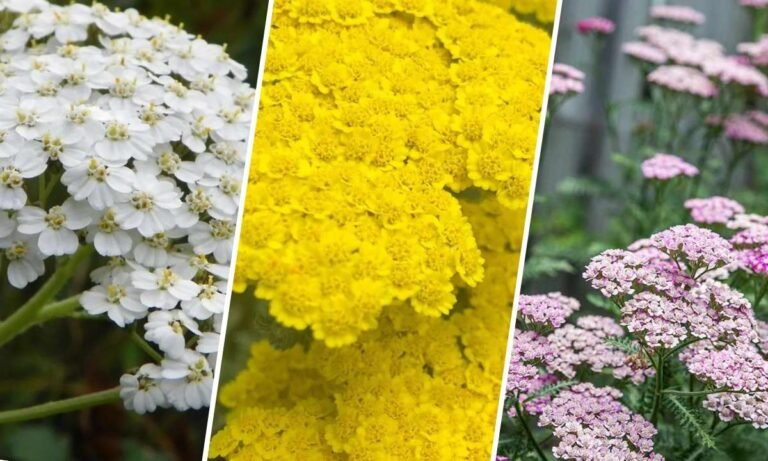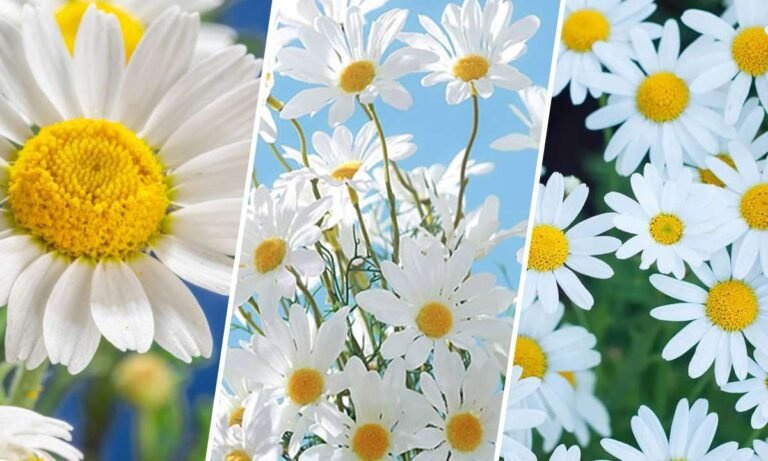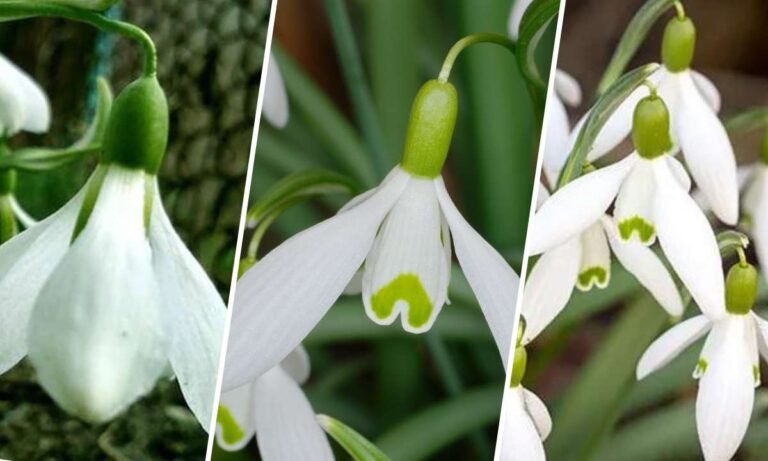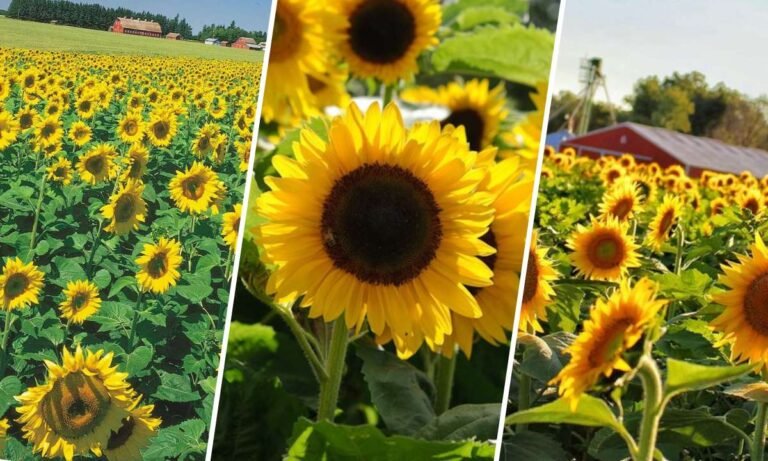Daffodils, also known as Narcissus, are among the most beloved springtime flowers, known for their bright yellow blooms and distinctive trumpet-shaped petals. Their vivid appearance and early bloom make them a symbol of renewal and rebirth. In this comprehensive article, we will delve into the rich history, symbolism, varieties, cultural significance, and care tips for daffodils.
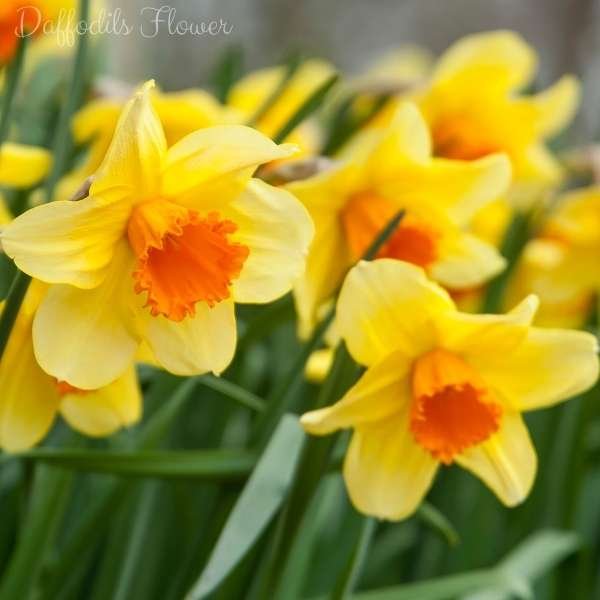
Origins and History of Daffodils
Daffodils are native to the Mediterranean region, particularly the Iberian Peninsula and North Africa. They have been cultivated for thousands of years and are extensively naturalized in many parts of Europe and North America. The name “Narcissus” is derived from the Greek myth of Narcissus, a youth who was so entranced by his own reflection in the water that he fell in and drowned, with the daffodil springing up where he died.
Symbolism of Daffodils
Daffodils are rich in symbolism and have been featured in various cultures and traditions throughout history. Their most common meanings include:
- Rebirth and New Beginnings: Daffodils are one of the first flowers to bloom in spring, symbolizing the end of winter and the arrival of new life.
- Hope and Renewal: The bright, cheerful flowers are often associated with hope and positivity.
- Friendship and Chivalry: In Victorian England, daffodils were often given as a sign of friendship and respect.
- Fortune and Prosperity: In China, daffodils are considered to bring good luck and are often used in New Year celebrations.
Varieties of Daffodils
There are over 13,000 distinct varieties of daffodils, classified into 13 divisions by the Royal Horticultural Society. Some of the most popular types include:
Trumpet Daffodils
These are the classic daffodils with a large trumpet-like corona that is as long or longer than the petals. Examples include ‘King Alfred’ and ‘Mount Hood’.
Large-Cupped Daffodils
These daffodils have a cup that is more than one-third but less than equal to the length of the petals. Varieties include ‘Carlton’ and ‘Ice Follies’.
Small-Cupped Daffodils
In these daffodils, the cup is less than one-third the length of the petals. Examples are ‘Barrett Browning’ and ‘Birma’.
Double Daffodils
These have a double set of petals, giving them a ruffled appearance. Varieties include ‘Tahiti’ and ‘Replete’.
Triandrus Daffodils
These feature multiple flowers per stem, with reflexed petals. Examples are ‘Thalia’ and ‘Hawera’.
Cyclamineus Daffodils
These have a characteristic swept-back appearance, with petals that curve backwards. Varieties include ‘February Gold’ and ‘Jack Snipe’.
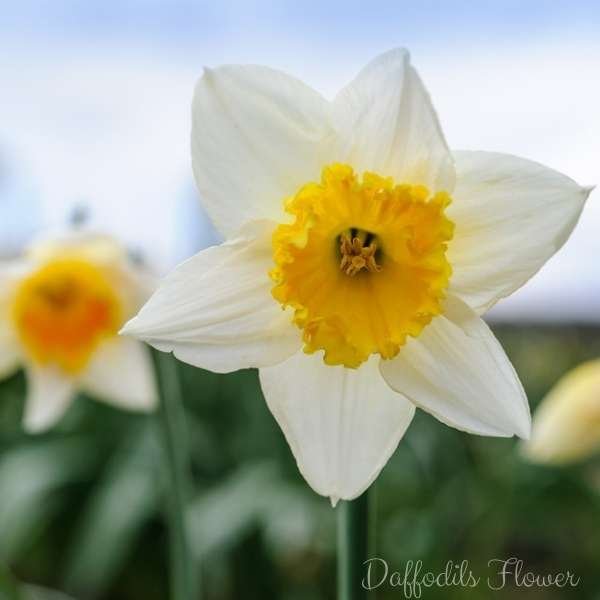
Cultural Significance of Daffodils
Daffodils hold significant cultural importance in various parts of the world.
Wales
The daffodil is the national flower of Wales and is worn on St. David’s Day, which is celebrated on March 1st. It is a symbol of Welsh pride and heritage.
China
In China, the daffodil is associated with the Chinese New Year and is believed to bring wealth and good fortune. The flower is often used in celebrations and decorations.
United States
In the United States, daffodils are celebrated during National Daffodil Day, which raises awareness and funds for cancer research. The American Cancer Society uses the daffodil as a symbol of hope.
How to Grow and Care for Daffodils
Daffodils are relatively easy to grow and care for, making them a popular choice for gardens and landscapes. Here are some tips for cultivating healthy daffodils:
Planting
- Timing: Plant daffodil bulbs in the fall, about 2-4 weeks before the first frost. This allows the bulbs to establish roots before winter.
- Location: Choose a sunny or partially shaded spot with well-drained soil. Daffodils prefer slightly acidic to neutral soil.
- Depth and Spacing: Plant bulbs about 6 inches deep and 4-6 inches apart. Ensure the pointed end is facing up.
Watering
Daffodils need moderate watering, especially during the growing season. Water the bulbs thoroughly after planting and keep the soil moist, but not waterlogged, during their growing period.
Fertilizing
Apply a balanced fertilizer, such as a 10-10-10 formula, in early spring when shoots appear. Avoid high-nitrogen fertilizers, as they can lead to excessive foliage growth at the expense of flowers.
Deadheading and Pruning
Remove spent flowers to prevent the plant from wasting energy on seed production. Allow the foliage to die back naturally, as this helps the bulbs store energy for the next blooming season.
Pest and Disease Control
Daffodils are generally resistant to pests and diseases, but they can occasionally be affected by bulb rot, narcissus bulb fly, and nematodes. Ensure good drainage and avoid overwatering to prevent rot. Inspect bulbs before planting and discard any that are soft or damaged.
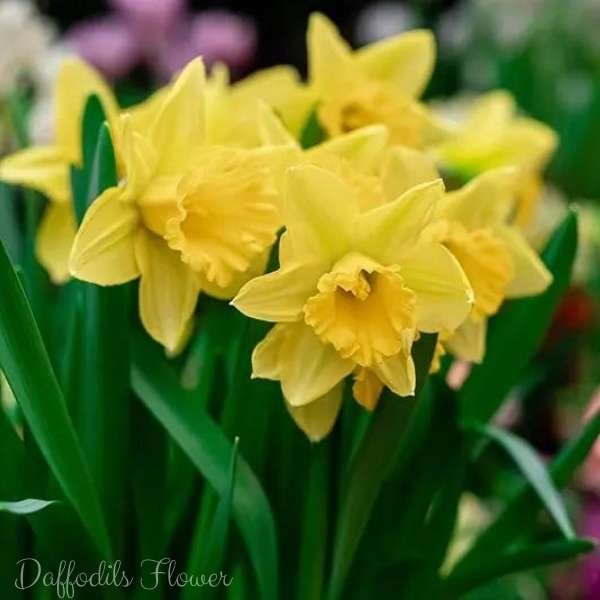
Conclusion
Daffodils are more than just a beautiful addition to any garden; they are a symbol of hope, renewal, and prosperity. With their rich history, diverse varieties, and cultural significance, these flowers captivate the hearts of many. Whether you’re a seasoned gardener or a beginner, daffodils offer a rewarding and cheerful display each spring.

